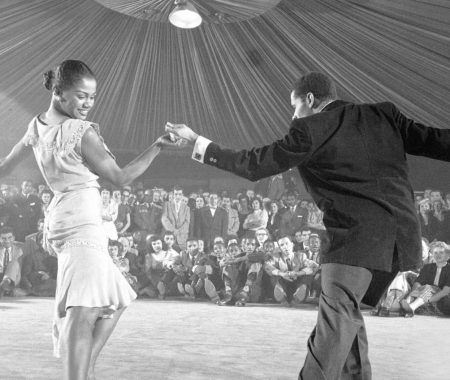
Embedded within the vibrant history of Black communities in the United States lies a captivating tale of social dance—a legacy that pulses with rhythm, resilience, and cultural significance. From the lively streets of Harlem to the bustling cities of Chicago, Detroit, and beyond, Black social dance has not only entertained but also served as a powerful tool for expression, connection, and social change. Let’s take a rhythmic journey through time to explore the origins and evolution of Black couple dance styles that have left an indelible mark on dance culture.
